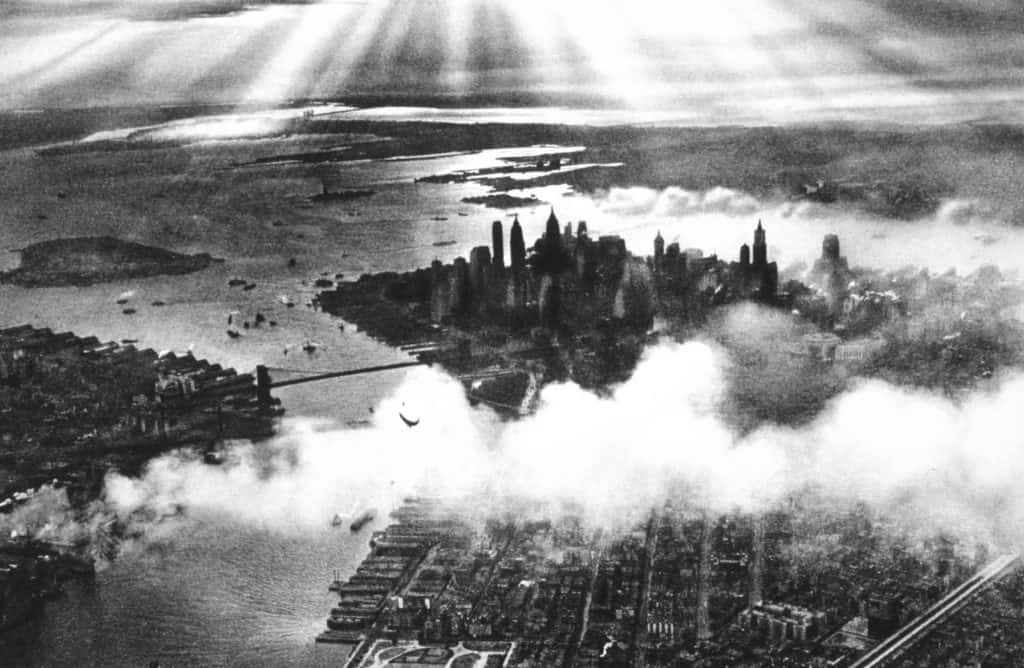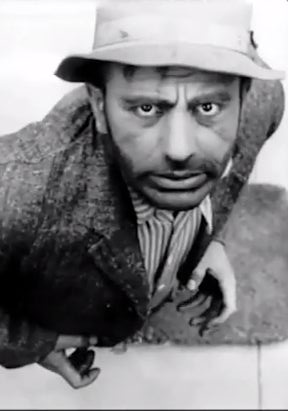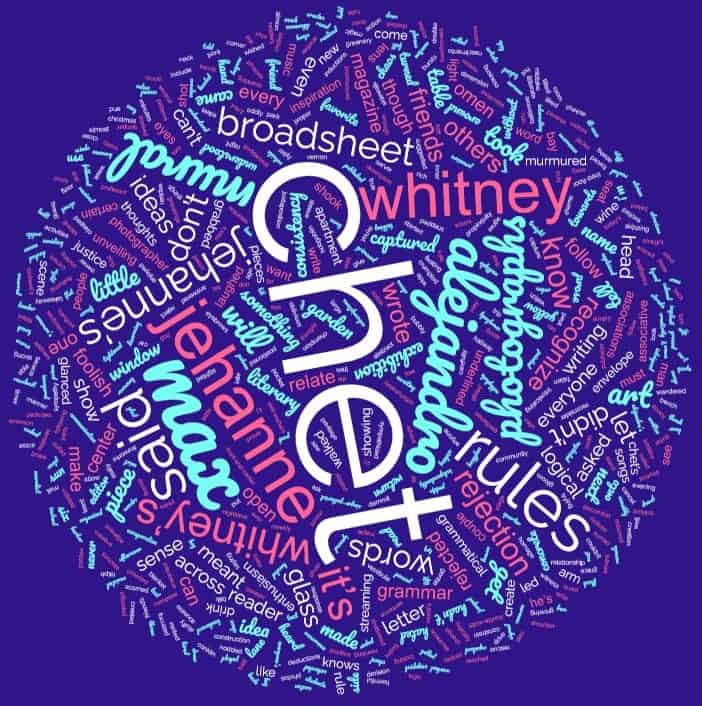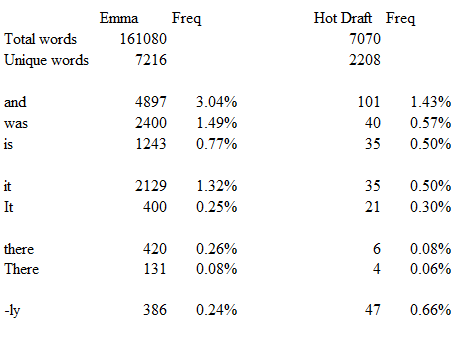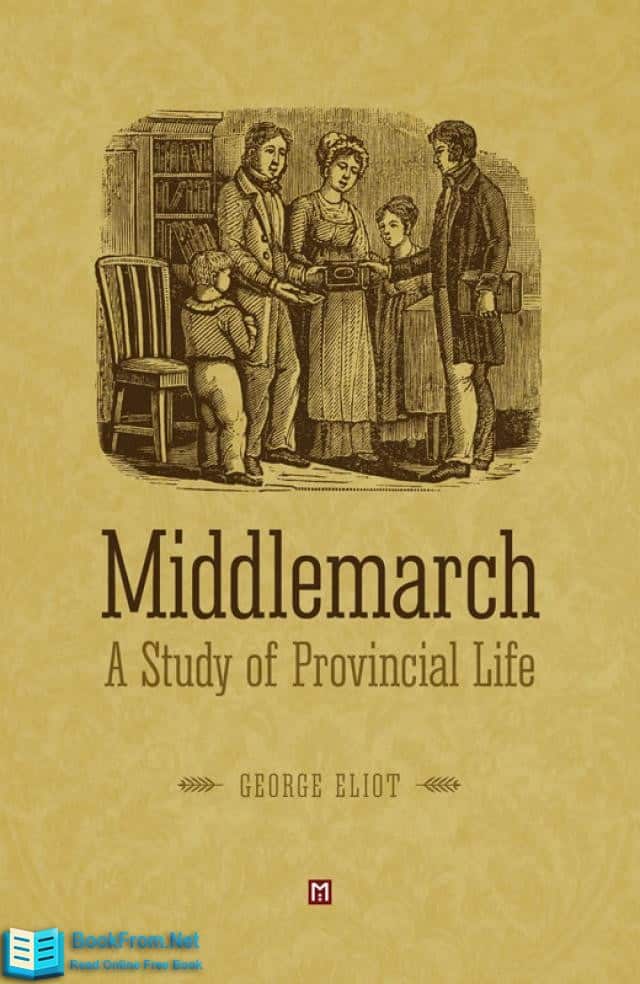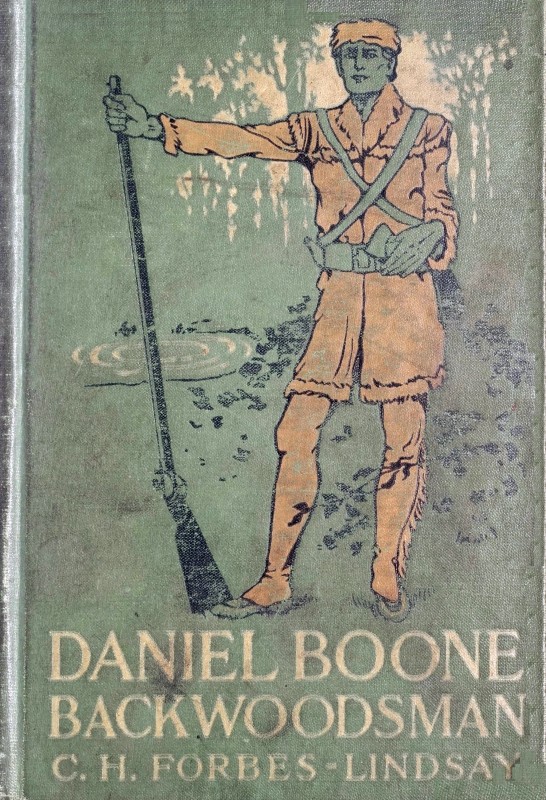Distance in Stories
John Gardner in The Art of Fiction described a very useful addition to the discussion about point of view (POV). He called it distance. Distance is a measure of emotional nearness presented to the reader. Understanding distance gives more insight into the constraint that all writers know: “Show. Don’t tell.”
Gardner focused on distance with the 3rd person POV. He gave these examples, decreasing in distance as we go down the list.
Five Distant Examples
- Historic.
- Most distant. It was winter of the year 1853. A large man stepped out of a doorway.
- Camera.
- Henry J. Washburton had never much cared for snowstorms.
- Feelings stated.
- Henry hated snowstorms.
- Feelings evaluated.
- God how he hated these damn snowstorms.
- Sensations experienced.
- Snow. Under your collar, down inside your shoes, freezing and plugging up your miserable soul.
Deciding on Distance
In Characters, Emotions, and Viewpoint, Nancy Kress notes that the distant modes (historic and camera) come in handy in several challenging situations:
- if the POV character is unlikeable.
- if exposition is necessary to make the POV character clear and vivid.
- in science fiction, if the alien is the POV character.
Kress warns, because of diminished reader identification with the POV character, a writer’s style must be up to a higher standard. With the distant form of 3rd POV, the reader observes action and draws their own conclusions.
Narrative Use of Fiction
Please don’t think John Gardner or Nancy Kress mean an entire story must be told at one distance. No, not at all. Consider instead the style of movies. A scenic shot, at a distance, is used to establish the tableau. Then it’s followed by closer views for the main action, with especial closeness for crucial scenes.
Almost inevitably, you must first establish the most remote mode. Also, you will want to slide along the distance dimension rather than leap from historic to sensations and back again. That will jar the reader.
When you try different distances for your story, you will notice that the word count increases as you use the closer distances.
In a story, you will always have certain scenes that must be in immediate action for the story to be effective. Essential, gripping conflict calls for close distance, the closer the better. Scenes that provide necessary information but don’t involve conflict call for a level of narrative summary. That’s where you slide up and away from the closeness of immediate action.
